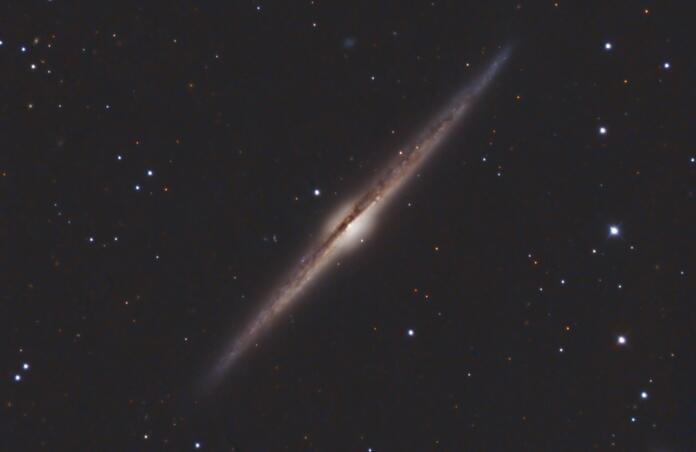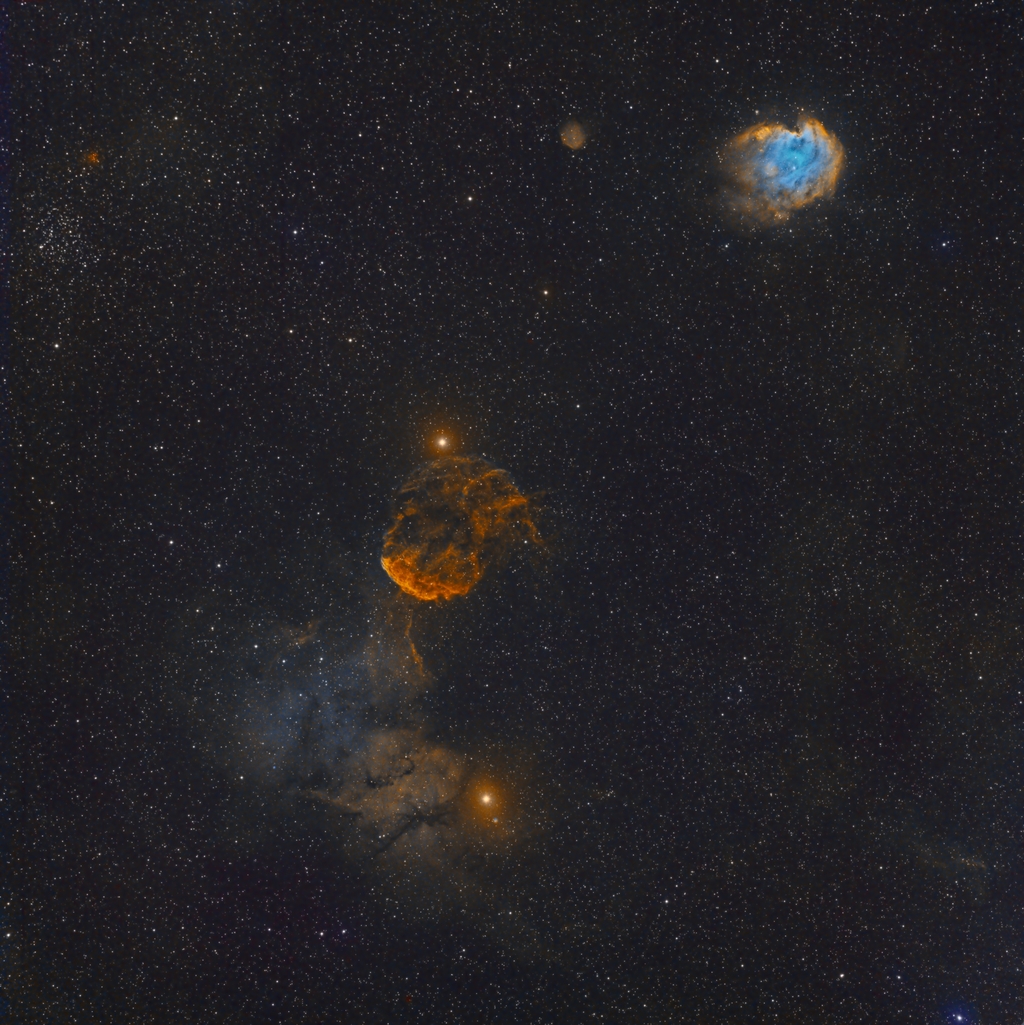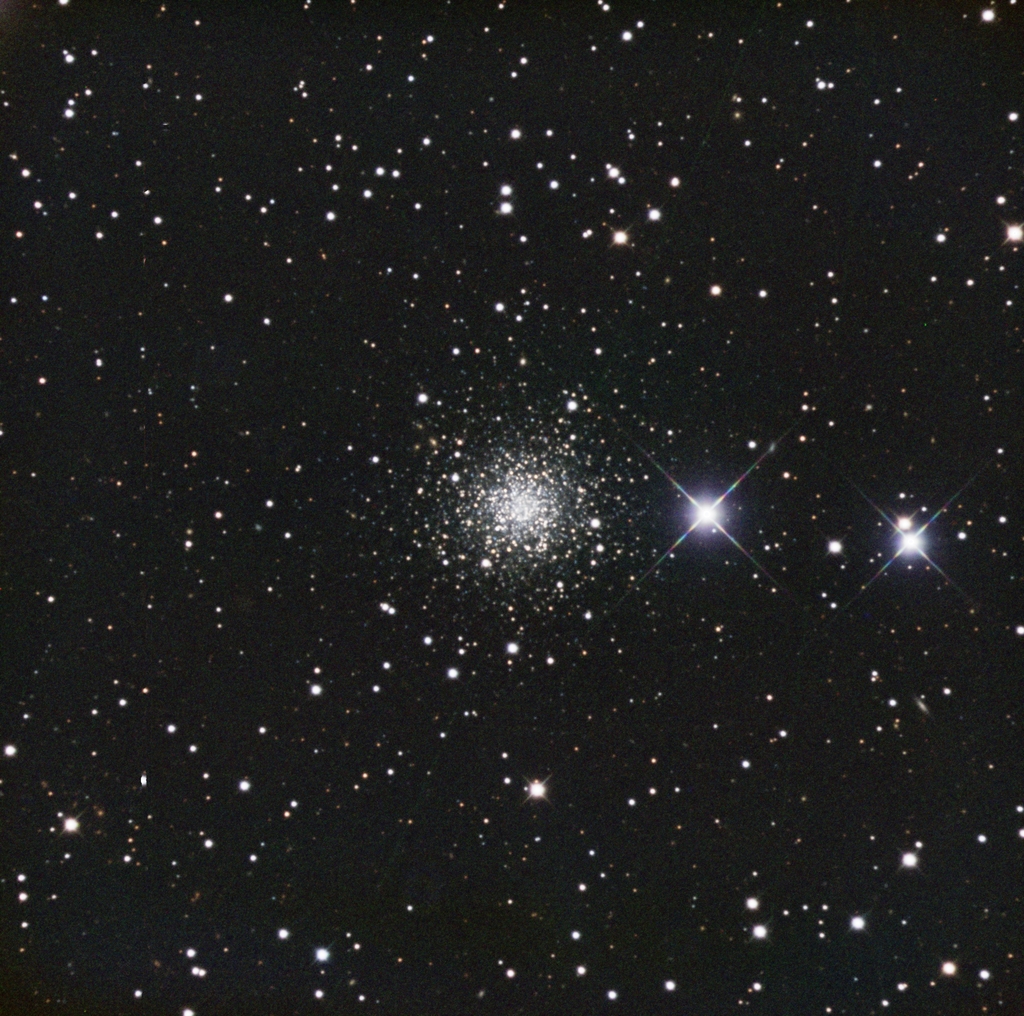Winter Targets for 2022 to Consider

Winter is coming; in some places, winter is already be here. For those of you with your own equipment like me, you may be working on your main imaging targets for the winter season. If you are and you’re in the northern hemisphere as I am, I recommend you consider adding these 3 targets in the northern hemisphere that I almost always try to devote some imaging time to. They are all great, worthwhile challenges.
The first target is NGC 891, the Outer Limits Galaxy in Andromeda. The great Andromeda Galaxy gets all the attention in this area with our next nearest neighbor, M33 in nearby Triangulum a solid second. This edge on spiral galaxy however, is very compelling. It’s named because it was used as a backdrop for the classic SciFi TV show, the Outer Limits. It’s magnitude 10, so you should have good results from a dark skies site or use your next Advanced Request to get it. Unfortunately, there isn't currently a 1-Click Observation for this object.
Next is the toughest target on my list; IC 443, the Jellyfish Nebula in Gemini. It’s located just inside the star Eta Geminorum at the bottom left foot of the Twins. This is a very difficult supernova remnant to get at magnitude 12; like the Veil Nebula complex, you’ll need an OIII filter to observe it visually. If you have a wide field, you could also get the emission nebula NGC 2174 which is just outside Orion. Getting this object with my equipment is always a huge challenge. The image I posted below is from a Pro Dataset done a couple of years ago on the SPA-3 equipment; grab the data yourself here.

The last target is NGC 2419 known as The Intergalactic Wanderer. This is a magnitude 10 globular cluster in the constellation Lynx. It is one of the most remote globulars in our galaxy and is around 300,000 light years away from us and twice as far out of the galaxy as the Large Magellanic Cloud. This globular takes 3 billion years to orbit the galaxy. It got this name when it was originally believed that this globular was not in orbit around the galaxy and moving on its own through intergalactic space. Unfortunately, again - there is not currently a 1-Click Observation for this target.

Clear skies and have lots of fun!
Image Credits
NGC 891; Telescope Live Advanced Request SPA-2; 16 - 450 sec Lum sub exposures and processed in PixInsight
IC 443; Telescope Live Pro Dataset SPA-3; 10 - 300 sec Ha, 7 - 300 sec OIII, 8 - 300 sec SII sub exposures and processed in PixInsight
NGC 2419; Telescope Live Advanced Request SPA-2; 8 - 600 sec Lum, 5 x 600 sec RGB sub exposures and processed in PixInsight
